Heart-leaf Madeira Vine (Anredera cordifolia), a succulent vine and South American native, the common name being the result of early Portuguese networks of colonial exchange.
Distributed globally as an ornamental climber, Madeira Vine has naturalised across the world’s Mediterranean and subtropical environments despite often being unable to set seed in its new environs. It is widely naturalised in Queensland, where it appears to have been first recorded outside of cultivation in 1946, and in NSW, where it has been recorded from at least the 1960s (Smith 2007). In those states it is of pressing ecological concern and has caused damage to key natural communities.
Although it flowers prolifically, in Australia the species is almost entirely reliant on vegetative reproduction by stem fragments and by its underground and aerial tubers, setting viable seed only very rarely. As anyone who has ever attempted its removal will attest (cc @abbotsfordriverbankers), it sheds such a volume of tubers that eradication is a mammoth task. In a rare editorialised comment in the Biosecurity Queensland lucid key, the author of the entry for Madeira Vine suggests that the plant ‘has probably caused more volunteers to give up and walk away from bush regeneration projects in eastern Australia than any other weed species.’
Distributed in Melbourne from 1864 (thanks to Handasyde, McMillan), the plant was first recorded in a naturalised position here only in 1987, when it was collected on the banks of the Merri Creek between High Street and Heidelberg Road. Most of the official records still stem from valley positions along the Yarra and Merri, as well as down the coastal to Beaumaris. However, as seen in the photographs here, the plant can always also be found as a spreading urban legacy of former gardens, translocated soil and tipped debris.
View Original Post on Instagram
Search for information about Anredera cordifolia in the Flora of Victoria
View information and occurrences of Anredera cordifolia on the Atlas of Living Australia
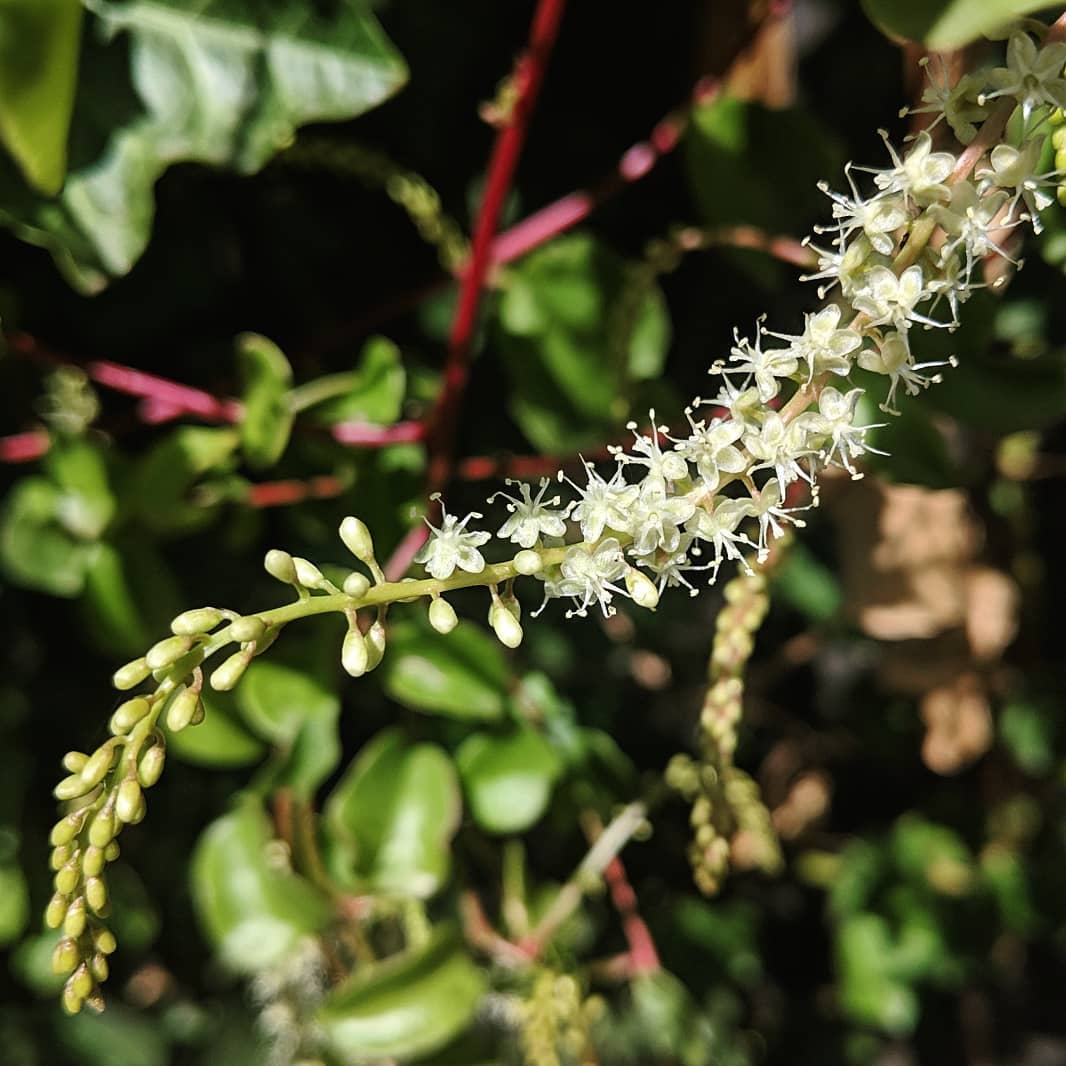
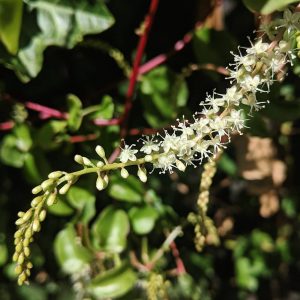
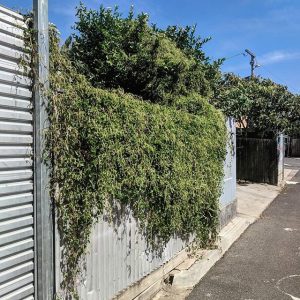
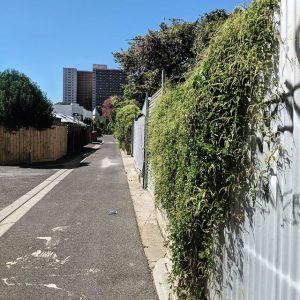
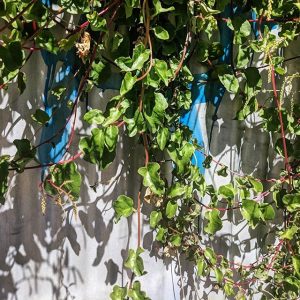
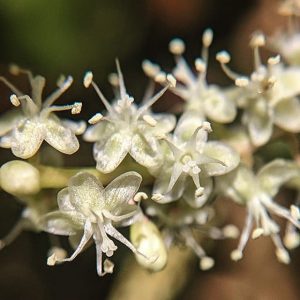
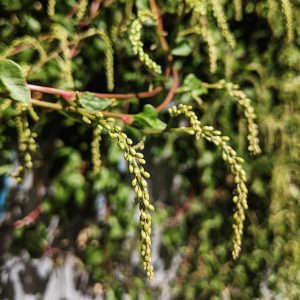
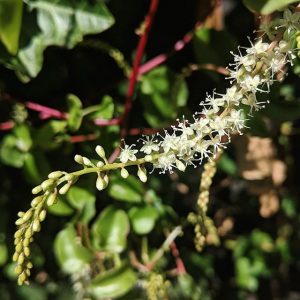
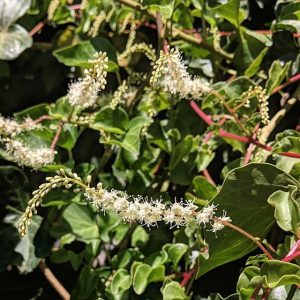
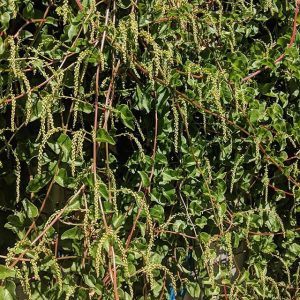
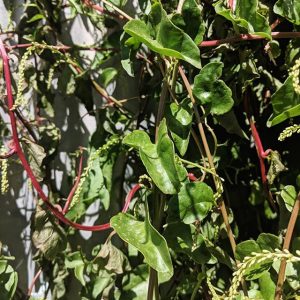
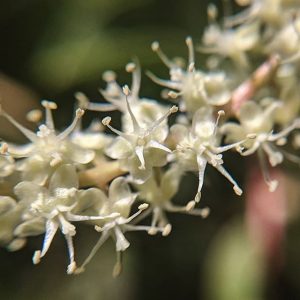
January 21, 2022 at 8:57 AM
This has recently appeared in my mother’s garden in Croydon. It has very quickly overtaken a callistemon and a jacaranda and is spreading very fast. What’s the best way to get rid of it?
January 26, 2022 at 7:39 PM
It is very difficult. You can find summaries of the available methods from Biosecurity Queensland and NSW WeedWise.
Manual control without resort to chemicals is possible, but requires a lot of labour and perseverance. The more typical method is to scrape long sections of the bark away from each vine and within a few seconds paint these scrapes with a concentrated herbicide before they scar over. You have to do this with every vine stem, and it will likely still require repeat treatments as you find the ones that got missed or have since reshot from tubers.
You can cut sections of vine off the host trees, but you will have be very careful about this as if they have formed aerial tubers these are likely to separate while you are pulling the vines down and then form new shoots. Of course, anything you do cut and remove by hand needs to be disposed of carefully so that it doesn’t just form a new colony somewhere else.